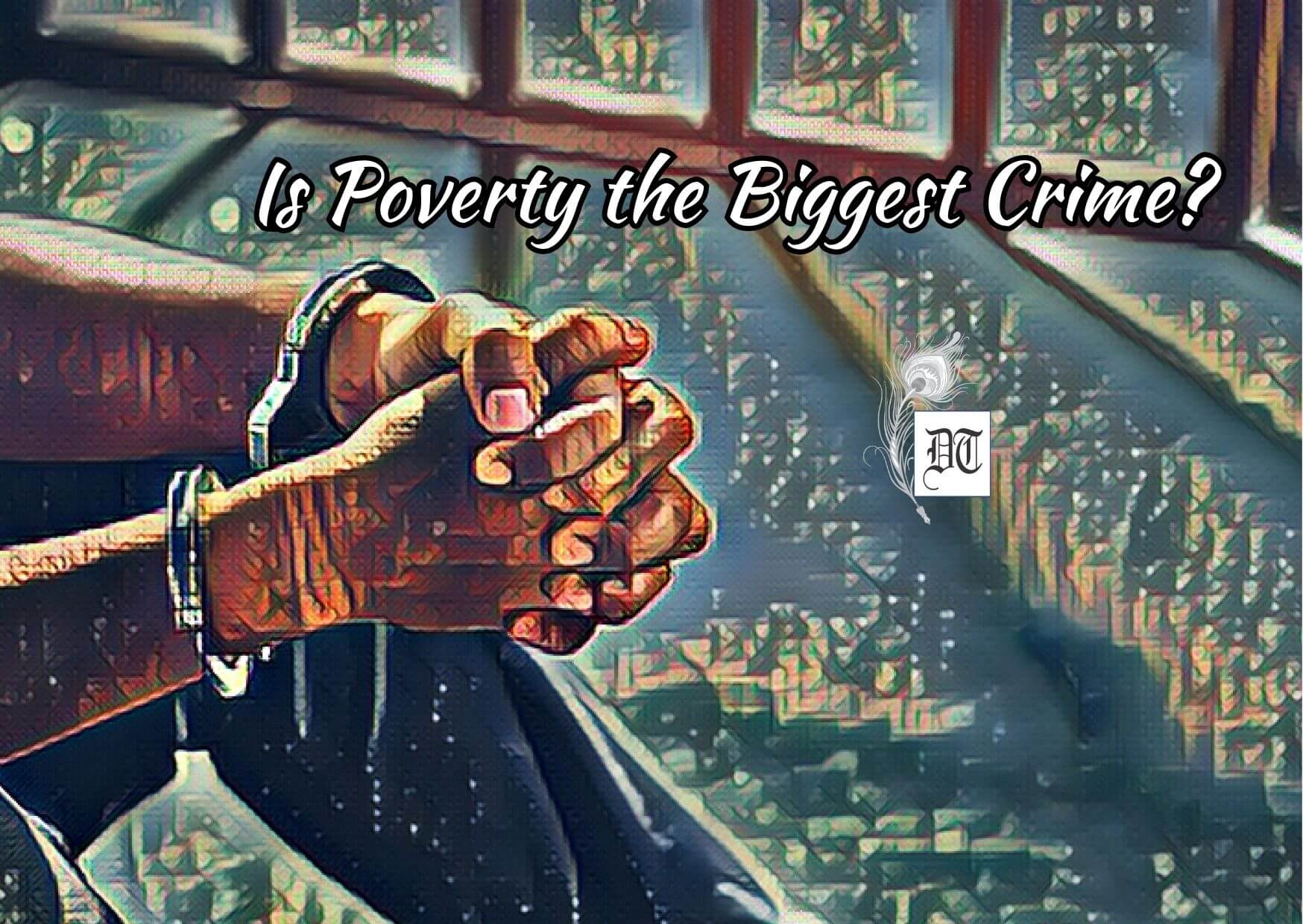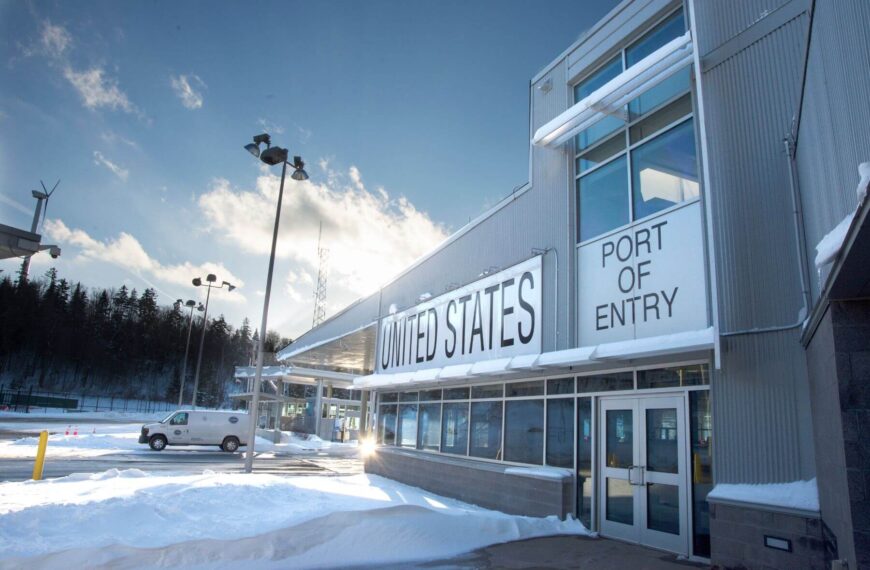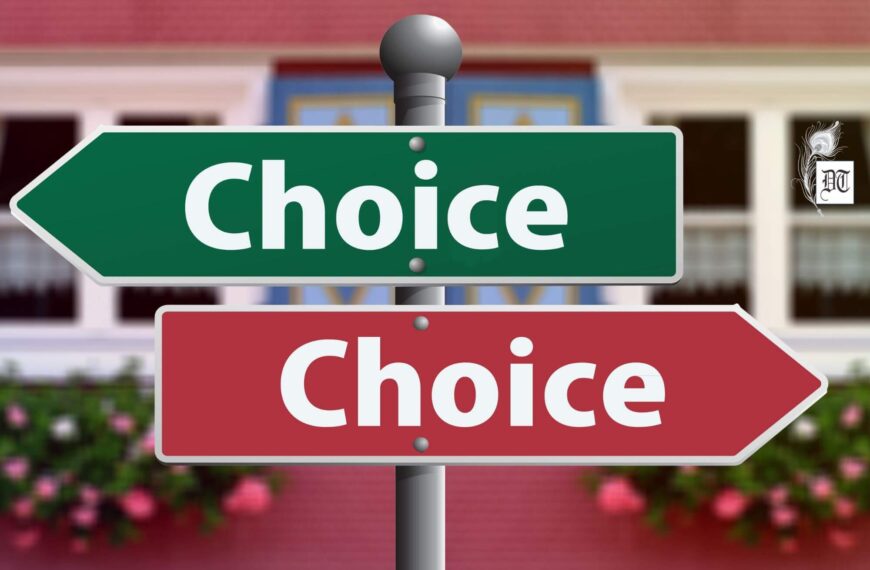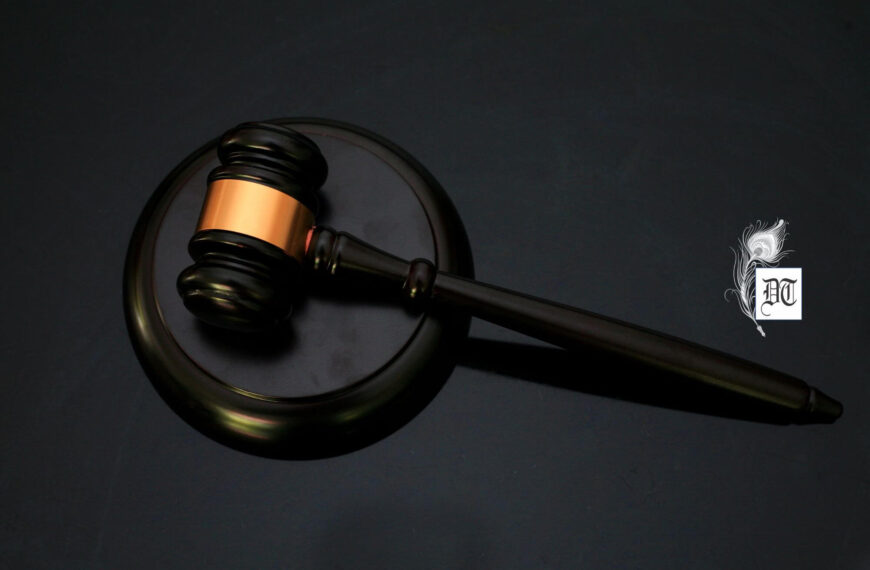This article highlights many important crimes of the inept legal system that led languishing incarceration of many poor and innocent people. The major issue is the inability of poor prisoners to pay surety amount for bail, resulting in their prolonged and even lifetime imprisonment, violating their human rights.
We believe that all humans are born equal and free. Impositions of restrictions in form of duties complement to ensure the rights of others. The ideal condition, wherein the rights of humans are ensured, decides the ideal of governance. To ensure proper governance deprivation of liberty by incarceration is consequential upon real or perceived misdemeanors. This role of punishing for misdemeanors is of the state in a democratic set up. How far the legal system has been able to address this idea of justice is questioned in this research article. The article also questions the causal and consequential repercussions of such detentions with empirical understanding (1).
A general question that I encountered, while seeking people’s perceptions about criminals and what should be done to better their prison life, was, “Why should you at all question about these people? They need to be punished. The very thought of jail and its captives sends me chills… criminals, murderers and hard core drug addicts. The society needs to be shielded from them” (2). This individual perception that bears the consequential reflections on the social exclusion of prisoners and their further mainstreaming in the society after release may be generalised with marginal aberrations.
But did you know justice bears a cost? There are around 3.81 lakh prisoners in the country out of which around 2.54 lakh are under-trials. The Supreme Court of India, in its landmark judgment, asked the trial court judges to allow under-trial prisoners to be released on personal bond, with or without any surety (3). But the lacuna of the criminal legal system, with its indifference, is responsible for the continued imprisonment of lakhs of poor prisoners. It seems poverty is the biggest crime!
When I met these prisoners I was not fully neutral but, I was taken aback by their sordid plight. Though the prison statistics speak of rising numbers of under-trial prisoners, yet there are also considerable numbers languishing in Indian jails, even after their bail. Intrigued by their plight, I tried to probe into the causal factors. Most of these prisoners, who had been bailed out, but were still in prisons, were from very poor. They were unable to pay the surety (bail) amount. Like Gagrai (4), Gudunnu was imprisoned, in 1994, on false charges of murder, shares his ordeal, saying, “I was released on bail for a surety amount of Rs. 1 lakh, in 1996, but since then I have been waiting to be released. I am dying each day, hopelessly ending my life in dungeon. Gudunnu, who is now in his fifties, has lost all his youth in the punishment of confinement and tears.
The slow and whimsical Indian legal has notoriously been responsible for incarceration of poor and needy. Similar was the case of one Piyush Sharma, a third stage cancer patient, who got bail but due to impoverishment, failed to pay back the surety bonds. He only pleads with folded hands to let him die, at home, in the midst of his family.
Several other such life stories that are mere cases shed light on the indolent attitude of the criminal legal system that tries to shy off bearing the onus of change. What is justice? Is it only for the rich? The taxation policy takes cognizance of income, while taxing the rich more than the poor. Why does the judicial system seem blind and not pro-poor? If the legal system is biased, who bears the onus of justice?
The grim truth is that there are thousands of such poor and innocent victims, who need to be taken cognizance of. They are dying in jails. They have no hope for life. They live in despair even after bail. Whose interests are these poor prisoners serving, why is the legal system so indolent? Why has there been no plea for reducing the hefty bail sureties to nominal, respective of their paying capacity? Many such questions remain unanswered. The modern bail system underwent transformations and reforms, yet it sticks to the decadent and outdated British legacy. The honorable Apex Court of India needs to take cognizance to this issue of providing hefty securities for bail. But, there is a very urgent need for the Indian legal system that traces its bail system back from 399 BC, when Plato took initiative to release Socrates to revise itself to contemporary needs.
- The research article is an outcome of ongoing self sponsored research initiative by a team of lawyers and academicians who have beenaccredited by the SLSA of India to visit jails and remand homes of Uttar Pradesh for suggestive correctional measures. The author of thisresearch article is a member of this team.
- Remarks of respondents interviewed for public view.
- It had directed trial court judges to visit jails to identify under-trials who had undergone half the maximum sentence and had asked judicialofficers to complete the task within two months
- http://www.youthkiawaaz.com/2015/09/mahendra-gagrai-released-from-jail-after-25-years/ by Tinku Paul
References
- Carlen, Pat. (1988). Women, Crime and Poverty. Milton Keynes: Open University Press
- Chapman, Jane Roberts. (1980), Economic Realities and the Female Offender. Lexington, Mass: Lexington Books.
- Dhawan Rani Shankerdass, (2012), “In conflict and Custody: Counseling for Women”.
- Dhawan Rani, 2012, ‘In Conflict in Custody: Therapeutic Counselling for Women’ Sage Publications.
- Fazel Seena, Danesh John, “Serious Mental Disorder in 23 000 prisoners: A Systematic Review of 62 Surveys”, by, THE LANCET,
- Vol 359, February 16, 2002
- http://nlrd.org/childs-rights-initiative/supreme-court-latest-orders-and-judgements-child-rights-initiative/children-of-women-in-jails-
- guidlines-of-the-supreme-court
- http://www.humanrightsinitiative.org/publications/prisons/prison_visiting_system
- http://www.legalservicesindia.com/
- http://www.nimhans.kar.nic.in/prison/chapter_10-r_he_prisoners.pdf
- http://www.peacewomen.org/assets/file/Resources/NGO/HR_Prisoners_QUNO_2 008.pdf Accessed on 16 Aug 2010
- http://www.pucl.org/from-archives/81nov/prisoner-rights.htm
- Joanne Belknap, 2001, “The Invisible Woman: Gender, Crime, and Justice. Wadsworth
- National Assessment of Adult Literacy: Prison Background Questionnaire by NCES, U.S. Department of Education, 1990 K Street,
- NW, Washington, DC 20006.
- NCRW statistics on number of women in crime incarceration
- Prison Statistics India 2011, National Crime Records Bureau, Ministry of Home Affairs, GoI.
- Rawls John, A Theory of Justice. Cambridge, Massachusetts: Harvard University Press, 1971.
- Supreme Court/High Courts Cases on Prisons/Prisoners, Note: Supreme Court Judgments at http://www.judis.nic.in





 By
By
 By
By
 By
By